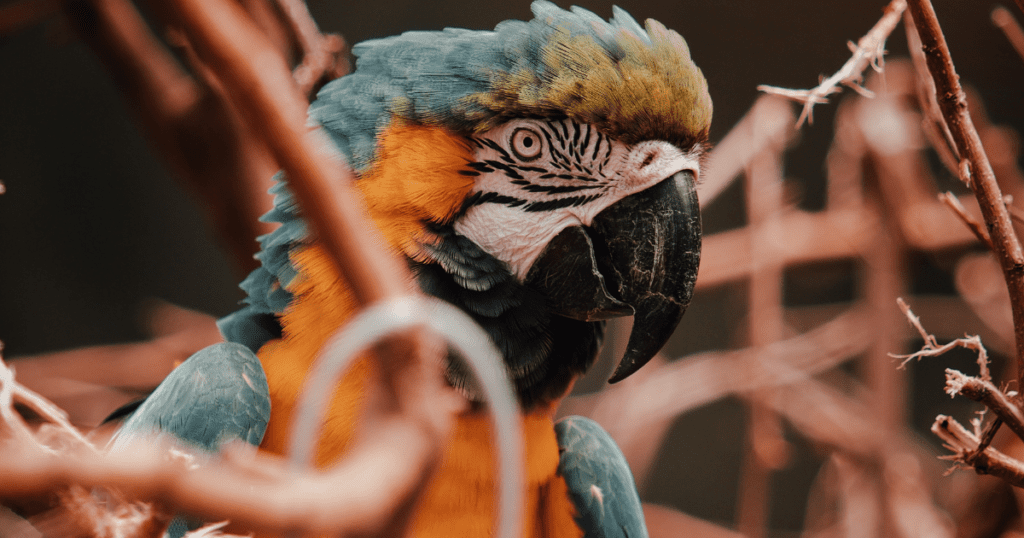
Table of Contents
Parrot Across The World
We going to study Parrot across the world.Parrots, also known as psittacines are catcalls with a strong twisted beak, upright station, and clawed bases. They’re conformed by four families that contain roughly 410 species in 101 rubrics, set up substantially in tropical and tropical regions. The four families are the Psittaculidae( Old World parrots), Psittacidae( African and New World parrots), Cacatuoidea( cockatoos), and Strigopidae( New Zealand parrots). One- third of all pantomimist species are hovered by extermination, with a advanced total extermination threat than any other similar raspberry group. Parrots have a generally pantropical distribution with several species inhabiting temperate regions as well. The topmost diversity of parrots is in South America and AustralasiaW.
1.Behaviour
Multitudinous challenges are set up in studying wild parrots, as they’re delicate to catch and formerly caught, they’re delicate to mark. utmost wild raspberry studies calculate on banding or sect trailing, but parrots bite off similar attachments. Parrot Across The World across the world tend to range extensively, and accordingly numerous gaps do in knowledge of their geste . Some parrots have a strong, direct flight. utmost species spend much of their time perched or climbing in tree tents. They frequently use their bills for climbing by gripping or hooking on branches and other supports. On the ground, parrots frequently walk with a rolling gait.
2.Diet
The diet of parrots consists of seeds, fruit, quencher, pollen, kids, and occasionally arthropods and other beast prey. The most important of these for utmost true parrots and cockatoos are seeds; the large and important bill has evolved to open and consume tough seeds. All true parrots, except the Pesquet’s pantomimist, employ the same system to gain the seed from the cocoon; the seed is held between the bills and the lower beak crushes the cocoon, whereupon the seed is rotated in the bill and the remaining cocoon is removed.
Parrot Across The World may use their bottom occasionally to hold large seeds in place. Parrots are granivores rather than seed dispersers, and in numerous cases where they’re seen consuming fruit, they’re only eating the fruit to get at the seed. As seeds frequently have venoms that cover them, parrots precisely remove seed fleeces and other chemically defended fruit corridor previous to ingestion. numerous species in the Americas, Africa, and Papua New Guinea consume complexion, which releases minerals and absorbs poisonous composites from the gut

3.Breeding
The eggs of parrots are white. In utmost species, the womanish undertakes all the incubation, although incubation is participated in cockatoos, the blue lorikeet, and the vernal hanging pantomimist. The lady remains in the nest for nearly all of the incubation period and is fed both by the manly and during short breaks. Incubation varies from 17 to 35 days, with larger species having longer incubation ages. The recently born youthful are altricial, either lacking feathers or with meager white down. The youthful spend three weeks to four months in the nest, depending on species, and may admit maternal care for several months later.
4.Intelligence & Learning
Some slate parrot Across The World have shown an capability to associate words with their meanings and form simple rulings. Along with crows, ravens, and jays( family Corvidae), parrots are considered the most intelligent of catcalls. The brain- to- body size rate of psittacines and corvines is similar to that of advancedprimates.Instead of using the cerebral cortex like mammals, catcalls use the mediorostral HVC for cognition. Not only have parrots demonstrated intelligence through scientific testing of their language- using capability, but also some species of parrots, similar as the kea, are also largely professed at using tools and working mystifications.
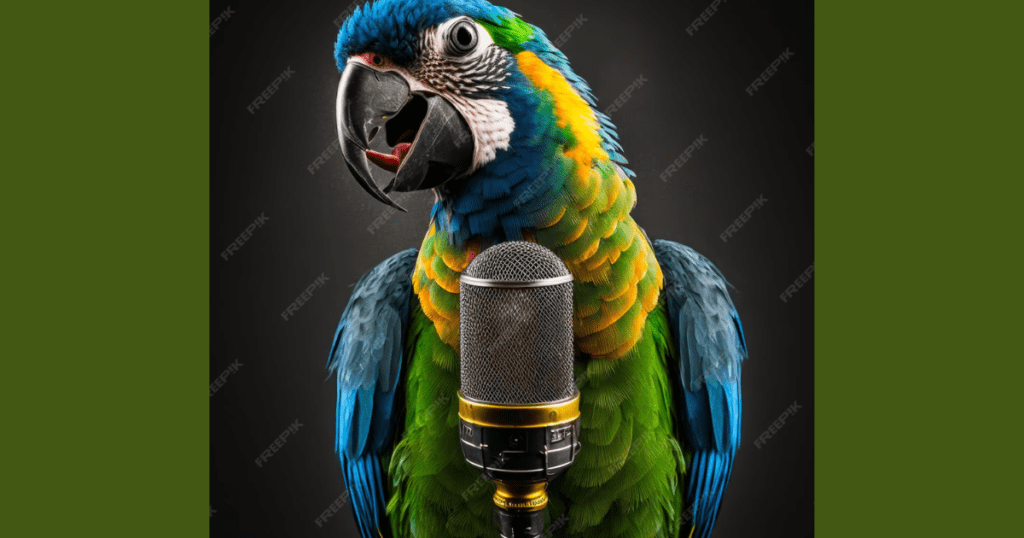
5.Song
Parrots are unusual among catcalls due to their learned declamations, a particularity they partake with only hummingbirds and songbirds. The syrinx( oral organ) of parrots, which aids in their capability to produce song, is located at the base of the trachea and consists of two complex syringeal muscles that allow for the product of sound climate, and a brace of side tympaniform membranes that control sound frequence. The position of the syrinx in catcalls allows for directed air inflow into the interclavicular air sacs according to air sac pressure, which in turn creates a advanced and louder tone in catcalls ’ singing


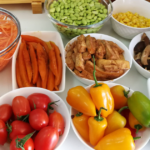
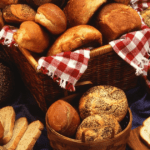
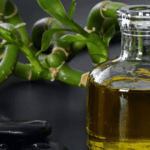
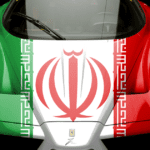

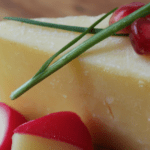
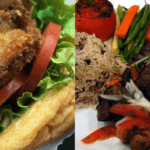


1 thought on “Parrot Across The World”